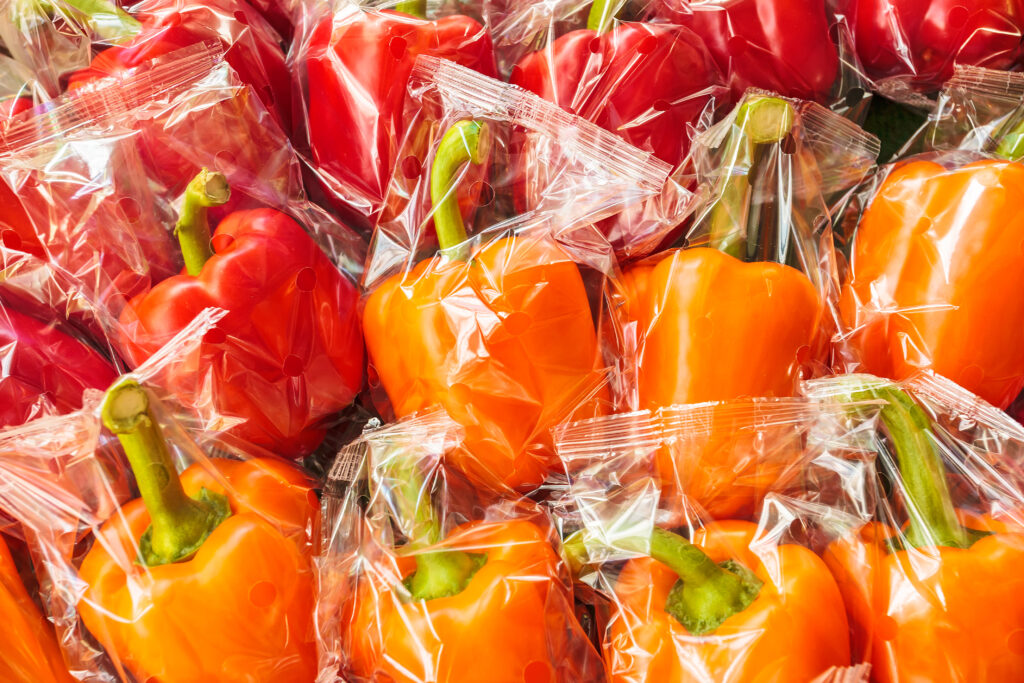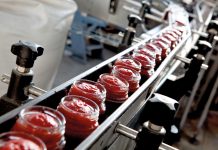 Plant biomass wastes are organic materials that come from agricultural activities and are generally used to generate electricity or heat, as for example biofuels and biogas. The transformation of biomass waste into value-added products is a new area of great interest, in line with the concepts of the circular economy, which promotes the innovative use of waste materials to develop marketable products, with the combined results of economic competitiveness and environmental sustainability.
Plant biomass wastes are organic materials that come from agricultural activities and are generally used to generate electricity or heat, as for example biofuels and biogas. The transformation of biomass waste into value-added products is a new area of great interest, in line with the concepts of the circular economy, which promotes the innovative use of waste materials to develop marketable products, with the combined results of economic competitiveness and environmental sustainability.
Poly(butylene adipate-co-terephthalate)
Wastes from biomass are inexpensive, biodegradable and environmentally friendly, and are increasingly integrated in composite materials based on plastics mixed with biodegradable polymers. Studies have already been carried out on the use of plant biomass components (cellulose, hemicellulose and lignin) to form new materials for food packaging.
A collaborative study between research centres in Romania and Poland (I. Spiridon et al, 2020) led to the preparation of a new biodegradable composite containing corn starch, Ecoflex® and biomass waste. In general, both natural and synthetic polymers can be used as basic materials for biodegradable composites.
Polysaccharides, including starch, cellulose, hemicellulose and chitosan, are widely used as natural polymers. In particular, corn starch being one of the most inexpensive, readily available and biodegradable materials, has been used as a matrix to obtain different “green” composites. Unfortunately, its hydrophilicity (i.e. its tendency to bind with water and its capacity to absorb and retain water) is responsible for its incompatibility with most hydrophobic polymers.
However, its blending with biodegradable polyesters has been used in recent years to obtain composites with good mechanical and water resistance properties. In this study, Ecoflex®, which is poly(butylene adipate-co-terephthalate), PBAT, produced by BASF (Germany), was used as biodegradable polyester. The structure of this polyester makes it degradable by microorganisms; it is hydrophobic with excellent film-forming capabilities, although unfortunately it has low strength and low heat resistance.
This polyester has been studied and used to form composites in which biomass wastes have been added as fillers, the nature and content of which are very important for the properties of the final composite. In this context, the integration of waste biomass can be very useful because considerably improves the properties of composites; in particular it leads to an increase in their mechanical properties and a decrease in water absorption. This study investigates the effect of the addition of the following biomass wastes, already widely used as fillers in composite materials:
- Grape pomace, which is the skin of the grape and is a by-product from the wine industry. Its characteristic is that it consists of polyphenols, which are the basis of the lignin structure;
- Celery, which is cultivated worldwide and utilized in chemical industry and medicine;
- Asclepias syriaca, which is a plant native to Canada and the United States;
- poplar seed hair fibers, collected in the United States, and ideal for thermal insulation applications;
- lignin obtained with the LignoBoost® process, a patented process for the production of high quality lignin with modular and reproducible properties. This material was included in the study because lignin is the most attractive component of biomass, because it is able to modify the properties of the composites to which it is added, even at low load material, such as 5% by weight.
 The properties
The properties
Such biomasses have a very different chemical composition. Each of them was used for the preparation of the composite by melt-compounding with starch and Ecoflex®, without glycerol addition. All formulations obtained have good properties, in particular:
- good mechanical properties. With respect to a reference material based on starch and Ecoflex® prepared under the same processing conditions, an increase in tensile strength of 125.4% was observed for the materials comprising celery, of 109.6% for the materials comprising poplar seed hair fibers, of 92.9% for the materials comprising pomace and of 127.7% for those comprising Asclepias syriaca;
- Good antimicrobial properties against microorganisms, especially Staphilococcus aureus and Escherichia coli;
- Good water resistance.
The good properties observed can have a high potential for the application of these composites in the production of packaging materials. In addition, a preliminary evaluation of the manufacturing costs of these composites showed that the use of corn starch as matrix and of waste fibers as filler contributes to a substantial improvement in sustainability by reducing the environmental charges associated with the exploitation of fossil fuels.
However, a more in-depth assessment of the environmental and socio-economic benefits of using these materials for food-packaging is needed before they are placed on the market. Therefore, it can be concluded that this study highlights the great potential of starch, Ecoflex® and different biomass sources in developing new biocomposite materials and has revealed the real possibility of using renewable resources in an eco-friendly and sustainable way to develop new materials.
References, Spiridon et al, International Journal of Biological Macromolecules 156, 2020, 1435-1444.



